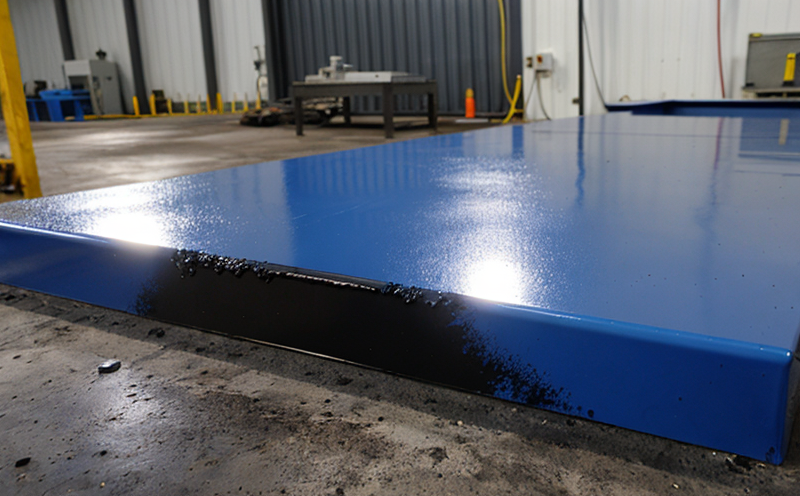ISO 3497 X-Ray Fluorescence Measurement of Coating Thickness
The ISO 3497 standard provides a method for determining the thickness of coatings using X-ray fluorescence (XRF) analysis. This non-destructive technique is widely used in metallurgy and material testing to ensure coating integrity and adherence to specified standards.
Coatings play a crucial role in protecting materials from corrosion, wear, and other environmental stresses. Accurate measurement of coating thickness ensures that the protective properties are met, which is particularly important for critical components in industries such as aerospace, automotive, and construction.
The XRF technique works by bombarding the coating with high-energy X-rays, causing atoms to emit characteristic X-rays. These emitted rays can be detected and analyzed to determine the elemental composition of the coating. The intensity of these X-rays is directly proportional to the thickness of the coating, allowing for precise measurement.
Before testing, proper sample preparation is essential. This includes cleaning the surface to remove any contaminants or residues that could interfere with accurate measurements. Specimens should be representative of the production batch and free from defects that might skew results.
The XRF instrument used for this method must adhere strictly to ISO 3497 specifications. Calibration is a critical step in ensuring accuracy, and regular calibration checks are recommended to maintain precision over time. The test environment should also be controlled to minimize external factors that could affect the readings.
Once the sample is prepared and calibrated, the XRF analysis can proceed. During testing, it's important to ensure that the instrument settings are correct for the specific coating type and thickness range expected. This may involve selecting appropriate filters or using different wavelength ranges depending on the material being tested.
The results from the XRF measurement provide a quantitative assessment of the coating thickness. These values can then be compared against specified limits to determine compliance with industry standards. In some cases, multiple measurements may be taken across various points on the specimen to ensure uniformity of the coating.
Applied Standards
| Standard | Description |
|---|---|
| ISO 3497:1985 | Method for determination of the thickness of coatings by X-ray fluorescence spectroscopy. |
| ASTM E640-21 | Standard test method for measurement of coating thickness by x-ray analysis. |
Benefits
- Precise and non-destructive measurement of coating thickness.
- Accurate assessment of protective properties ensuring compliance with industry standards.
- Faster testing compared to destructive methods, reducing production downtime.
- Ability to test multiple layers simultaneously in multi-coated samples.
International Acceptance and Recognition
- ISO 3497 is recognized globally for its standardization of XRF coating thickness measurement.
- The method is widely accepted in industries that require stringent quality control, such as aerospace, automotive, and construction.





